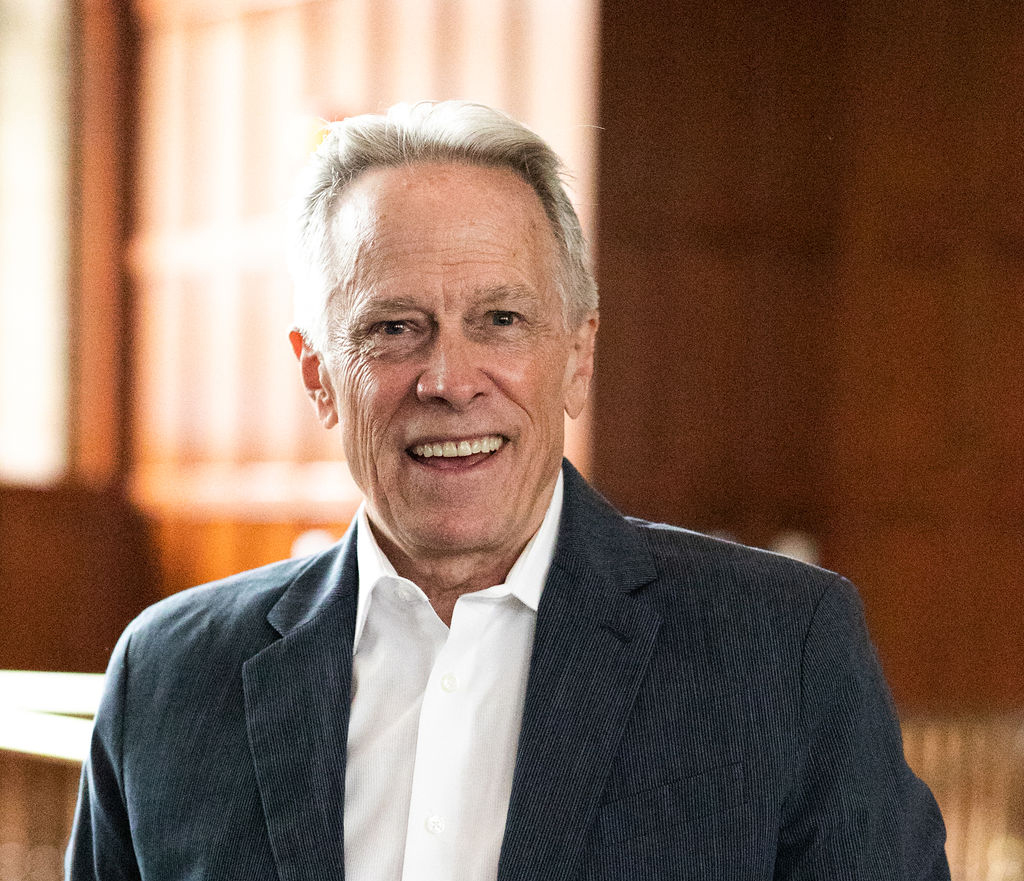It was eight A.M. on a Sunday in the San Diego Delta Sky Club. I’d spent the day before with a couple dozen coaching practitioners in a session revolving around Stakeholder Centered practices. One of the attendees walked up to the Sky Club counter for coffee and we recognized each other. He sat down and we talked for a few minutes, and it turned out he writes a column for SHRM (the Society for Human Resource Management) and he asked if we could discuss a simple question that he and others within SHRM had wrestled with, “Where should HR live?”
We had a very nice conversation, and his insights and questions had me considering this simple inquiry for the entire flight back to Detroit. “Where should HR live?”
- What is the optimal reporting structure to maximize effectiveness and impact for Human Resource professionals?
- Where should HR report into … into its own hierarchy … into functional or line of business units … into “corporate” or “headquarters” … or through profit centers directly?
The more I thought about it, the more I came to realize I’d been trying to answer the wrong set of questions. From my experience in researching, coaching and speaking to “help people with people”, the most relevant question might not be a matter of “where” to report – but “how” HR should report in. The construct of where to report is situational to the organization itself. With a confederacy of acquisitions under a single corporate holding, we might be better served by HR reporting directly into the hierarchy of each of the companies. Or in a large single-mission entity it may maximize to have HR report into its own from the very bottom, all the way to the C-Suite.
In the end I found clarity that had to do with the old adage; “the shortest distance between two points is a straight line”. When I encounter dysfunctional reporting – multiple “dotted line” or indirect lines of authority and accountability most often surround them. Here’s why.
Dr. Paul Hersey was a long-time role model and mentor for me, and one of his key teachings had to do with power. He always operationally defined “power” as influence potential within two categories; position power and personal power. In essence, your position power connotes the organizationally sanctioned rewards and punishments you bring to a relationship. Your personal power is carried within the trust, respect and rapport you’ve earned with another person. “Doc” taught me long ago that it is the combination of these power bases that supports our effectiveness at influencing others. With adequate power you can make things happen … without it, do don’t.
Now consider the construct of matrix organizations and their inherent “dotted line” reporting relationships. What’s missing? Position power. Essentially, if I lead on personal power alone – I am in sales. Ask any veteran seller about closing ratios, and they will be the first to admit that no one wins them all. Leading without position power is selling … and you won’t always make the sale.
It seems that human resource professionals disproportionately find themselves leading on personal power alone. It’s not good or bad in and of itself, and this isn’t judgment. It just is. Realizing that leadership effectiveness in dotted line relationships can be subject to significantly lower “closing ratios” can offer significant comfort, confidence and predictability. For HR professionals – and for all of us – the shortest distance to leadership and organizational effectiveness is is still a “straight line”. It’s not a factor of where we report in, but how.

-Don Brown
Don Brown dedicates his career to ‘helping people with people’ in leadership, sales and customer service. Bilingual and experienced at the executive and line-level alike, you see the results of his work across dozens of industries, including brewing, automotive, airline, banking and medical equipment.
Speaking, writing, coaching and selling to the best – Ford Motor Company, Anheuser-Busch, United Airlines, Harley-Davidson, Jaguar Cars, Hilton Hotels and many, many more – Don takes great pride in long-standing customer relationships (some running well over twenty years).

